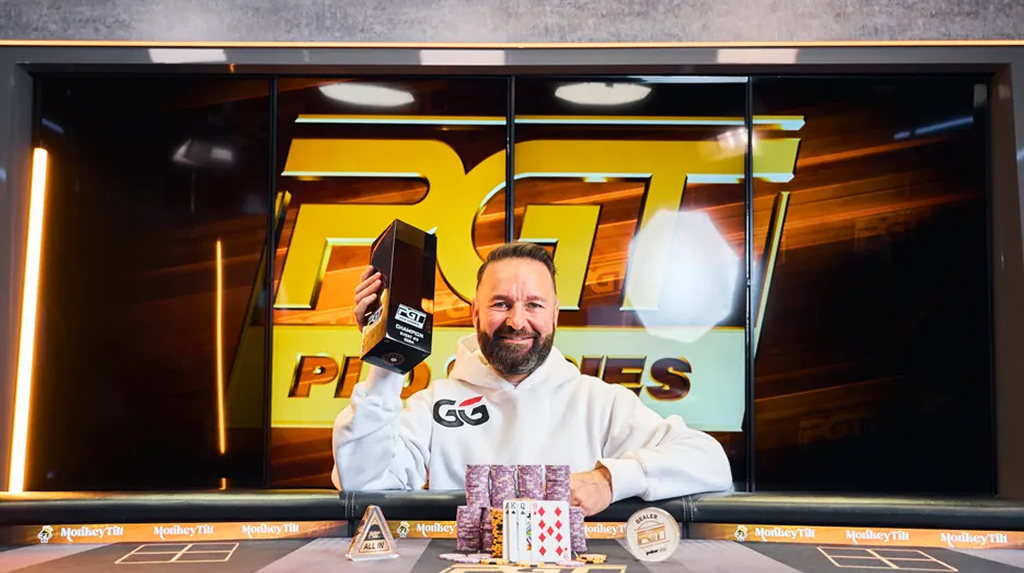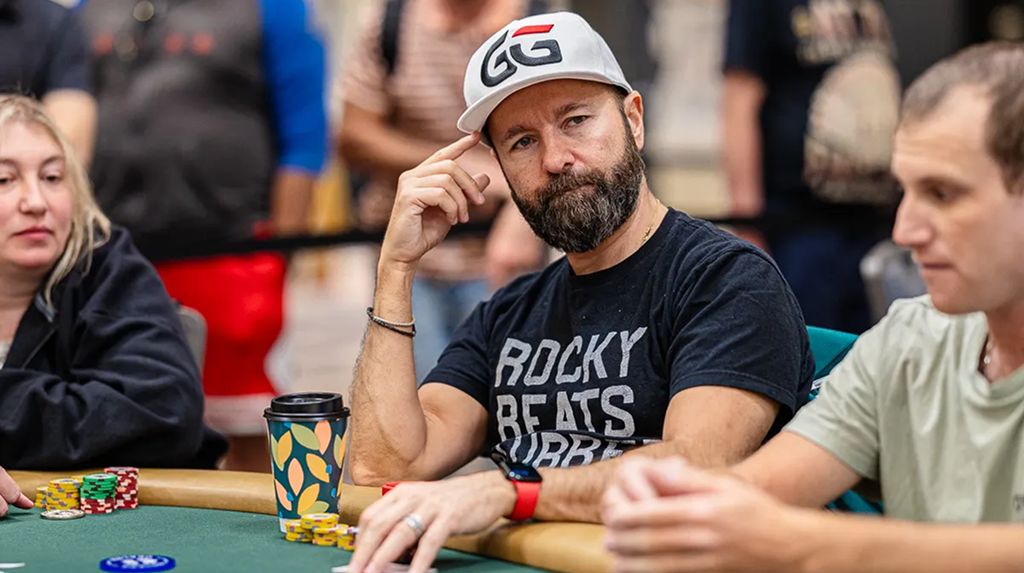The Hand That Changed Everything for Negreanu
In the pantheon of poker greats, Daniel “Kid Poker” Negreanu holds a place carved out by decades of success, uncanny reads, and a table presence that is second to none. For years, his game was the gold standard—a masterful blend of intuition, psychological warfare, and an almost psychic ability to put his opponents on a specific hand. He was the ultimate “feel” player, a maestro conducting the symphony of the table. But in the modern era of poker, the music began to change, and Negreanu found himself struggling to read the notes. The moment of reckoning didn’t come from a soul-crushing bad beat or a cooler for a seven-figure pot. It came in the form of a quiet, almost dismissive, seven-word sentence that exposed a fundamental gap in his legendary game.
The setting was a Poker Masters event, a high-roller series attracting the sharpest minds in the game. These tournaments are not filled with wide-eyed amateurs; they are shark tanks where the world’s elite battle with cutting-edge strategies. Daniel remembers being outplayed in a few key spots during a session. These weren’t standard “run-bad” hands where the cards simply didn’t fall his way. This was different. He felt a step behind, as if his opponents were playing a different game entirely—one based on a blueprint he hadn’t yet seen.
The true epiphany occurred after the session concluded. He overheard one of the young German wizards, Steffen Sontheimer, reviewing a hand he had played against Daniel. Sontheimer wasn’t being malicious or boastful. He was simply breaking down the game theory of the situation with clinical precision. In the middle of his analysis, he casually remarked to a colleague, almost as an afterthought:
“You don’t have any queen-ten combos here.”
The words hung in the air. For Sontheimer, this was a simple, objective statement. For Negreanu, it was a thunderclap. He understood hands, he understood ranges in a general sense, but the specific, mathematical framework of “combos” was a language he didn’t speak.
That was the turning point. In that moment, Negreanu was faced with a choice that confronts every master of their craft when their field evolves: adapt or become a relic. He realized that the instincts and decades of experience that had earned him millions and a place in the Hall of Fame were no longer enough to keep pace at the highest level. The game had shifted from a primarily psychological and observational art to one deeply rooted in mathematical and statistical science.
What Negreanu was forced to admit about his game
Modern poker demands a technical understanding of frequencies, ranges, and equity. You need to know not just what your opponent might have, but the precise number of combinations of value hands versus bluffs in their range. This allows you to calculate the optimal frequency for your own actions: when to bet, when to check, when to bluff-catch. Without this baseline GTO understanding, you’re playing with incomplete information, making you vulnerable to exploitation by players who have done the work. While you don’t need to be a solver expert who has memorized every possible output, understanding how to use these tools, interpret their outputs, and blend that data with your in-game reads provides a crucial, undeniable edge.
To his immense credit, Negreanu chose humility over ego. He didn’t try to reinvent the wheel on his own or stubbornly insist his old methods were superior. Instead, he embraced the challenge. He brought in coaches and mentors, people fluent in the solver-based strategies that were dominating the high-stakes scene. He put in thousands of hours of study, diving into the complex world of GTO charts, range construction, and pot odds.
The goal wasn’t to discard his old self and become a robotic “GTO-bot.” The goal was to integrate this new, powerful knowledge into his existing game. He learned how to build a fundamentally sound, balanced baseline strategy, which then allowed his old-school instincts and legendary reading ability to be even more effective when spotting profitable deviations from that baseline. He learned to speak the same strategic language as his toughest opponents.
This journey of adaptation is openly chronicled. The full episode with GTO LAB coach, Jonathan Jaffe, is worth the watch if you want to see how one of poker’s most experienced and celebrated pros navigates the difficult process of reinvention.

Daniel Negreanu’s story is more than just a poker tale. It’s a powerful lesson in intellectual humility and the relentless pursuit of excellence. It shows that true mastery isn’t about reaching a summit and planting a flag; it’s about recognizing that the mountain is always growing and having the courage to keep climbing. The game never stops evolving, and neither should its greatest players.
Check out the full podcast on the GTO LAB YouTube where Jon and DNegs talk about a hand between himself and Daniel Smiljkovic and Kristine Foxen and more.
